Toothpaste having the ability to dry out a pimple must be one of the most commonly spread myths when it comes to effective ways to get rid of acne.
However, how bad can toothpaste really be for the skin, and can applying it to an inflamed pimple cause even more damage, despite many people’s claims that it’s the one thing that works like a charm?
As someone who used to reach for toothpaste whenever I had a zit back in my teenage years, in this article, I will discuss my experience as well as the science behind this popular home remedy, but in short:
Toothpaste won’t get rid of a pimple, and besides offering no real skin benefits, it can potentially exacerbate the issue for several reasons.
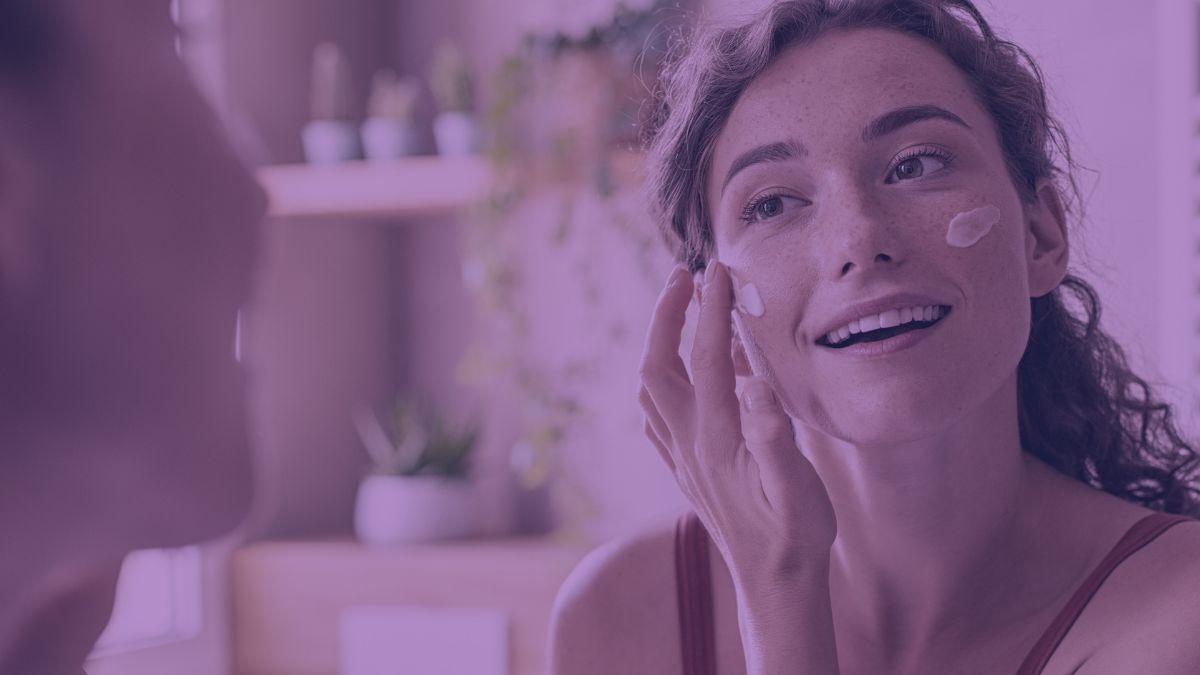
What Causes Acne?
Acne is more than just an occasional pimple or blackhead.
It’s a complex skin condition that affects millions of people worldwide and is characterized by the appearance of various types of lesions, including whiteheads, blackheads, papules, pustules, cysts, and nodules.
These lesions occur when pores are clogged by a combination of dead skin cells, oil, and sometimes bacteria, which causes infection and subsequent inflammation, redness, and pus.
The factors contributing to acne are multifaceted.
Hormonal changes, particularly during puberty, pregnancy, or menstruation, can affect oil production and the body’s response to inflammation.
Additionally, genetics, diet, lifestyle habits, and certain medications also play significant roles when it comes to the formation of acne.
While acne can be controlled with a complete skincare routine, changes in diet and lifestyle and sometimes prescription medication are often needed to reduce its appearance.
What’s Inside Your Toothpaste?
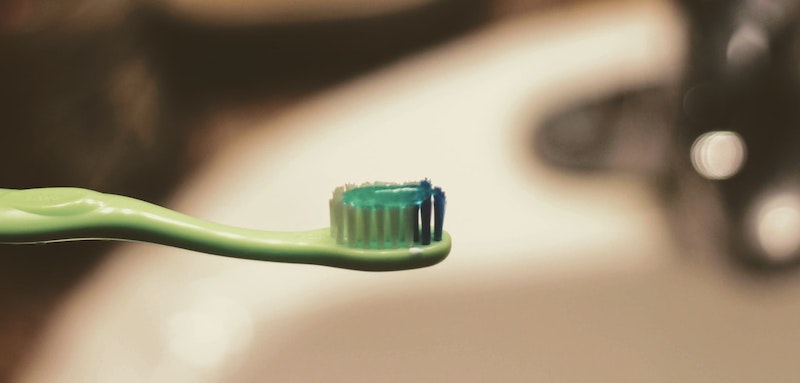
Toothpaste typically consists of active and inactive ingredients.
While the ingredients may slightly differ from toothpaste to toothpaste, most products contain the same general components:
Fluoride: To prevent tooth decay.
Abrasives: To remove debris and surface stains. Examples include calcium carbonate, sodium bicarbonate, dehydrated silica gels, hydrated aluminum oxides, magnesium carbonate, phosphate salts, and silicates.
Humectants: To prevent water loss and keep your toothpaste from drying out or getting gummy. Some examples include glycerol, propylene glycol, and sorbitol.
Thickening Agents: Also known as binders, these stabilize the formula. Some examples include mineral colloids, natural gums, seaweed colloids, and synthetic cellulose.
Detergents: To create the foaming action of toothpaste and accelerate the dissolving of plaque and accretions during brushing. Some examples include sodium lauryl sulfate (SLS), sodium N-lauryl sarcosinate.
Flavoring Agents: To give toothpaste sweetness and a fresh scent. The flavoring agents are non-caloric sweeteners like saccharin that improve the taste but don’t contain sugar, which is known to accelerate tooth decay.
Each of these components does an excellent job of keeping your teeth clean and preventing bacteria from spreading.
So it is very easy to see the appeal of why people reach for toothpaste when trying to get rid of a zit.
However, is it really a useful thing to do?
Does Toothpaste Get Rid of Acne?
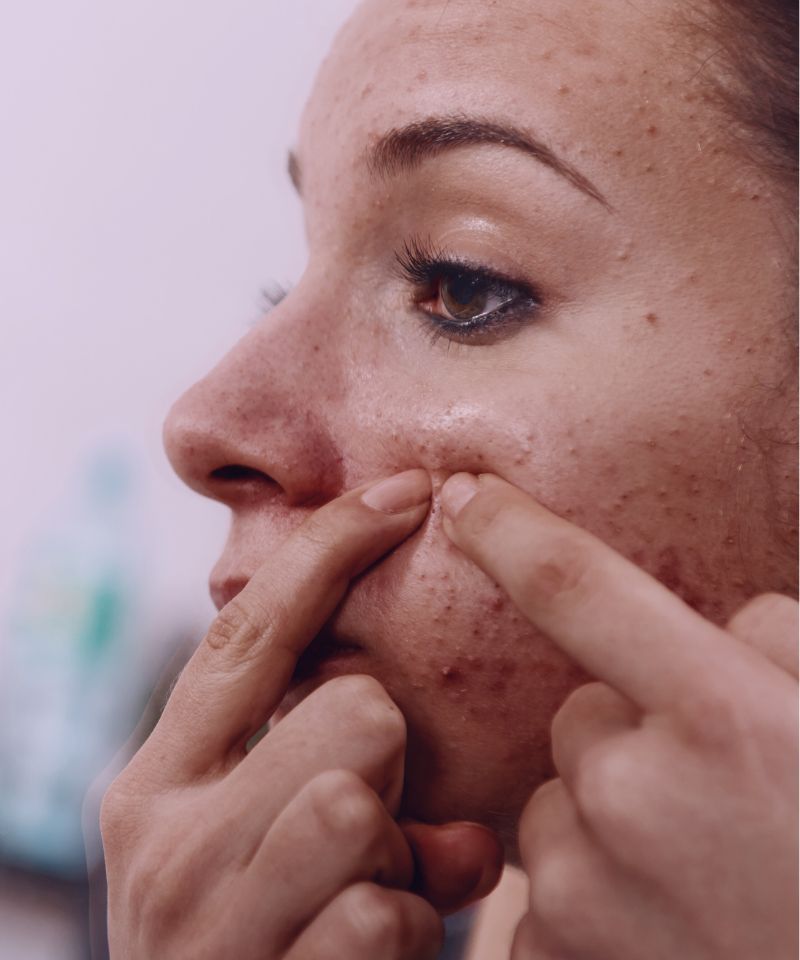
Toothpaste is not an effective acne treatment because it contains components that can cause skin irritation, redness, and even burns when applied to an already inflamed pimple.
That said, toothpaste can dry out a pimple, but the dryness it causes can exacerbate inflammation.
This means the pimple is more likely to leave scars, such as:
- post-inflammatory hyperpigmentation (dark spots) and
- post-inflammatory erythema (red spots).
Finally, toothpaste won’t address the underlying causes of acne, which include clogged pores and bacteria overgrowth, making it an ineffective long-term solution.
Although it’s unclear exactly how and where the trend of applying toothpaste to a pimple started, the most likely reason may be that many formulas used to contain triclosan, an antibacterial component believed to destroy acne-causing bacteria.
However, most companies no longer use triclosan in their toothpaste formulas due to its potential health risks, including liver damage and endocrine disruption.
Additionally, some ingredients commonly found in toothpaste, such as baking soda (sodium bicarbonate), alcohol, hydrogen peroxide, and menthol, are known to be drying, which could help shrink a zit by draining it of oil.
However, while these ingredients can indeed dry out a pimple, they can also significantly irritate the skin and disrupt its natural balance.
Draining a pimple of oil in this way could also lead to an overproduction of oil as the skin tries to compensate for the dryness, potentially leading to more acne.
So, while there is some logic behind the belief that this home remedy could potentially work for pimples, understanding how ingredients in toothpaste affect the skin can help us realize why it’s not a reliable or advisable treatment for acne.
The Side Effects of Using Toothpaste on Acne
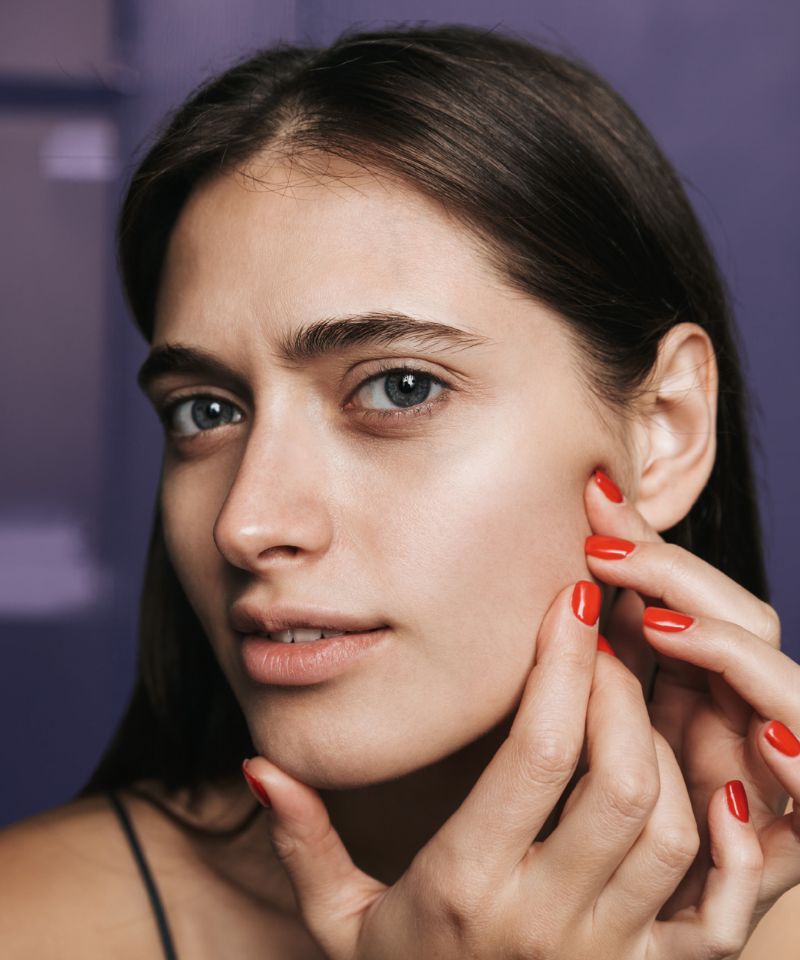
Applying toothpaste to acne can lead to several unwanted side effects, including:
Skin irritation and redness:
Ingredients designed to clean and whiten teeth can be too harsh for the skin, which will lead to irritation, discomfort, and more prominent redness.
Dryness and peeling:
The drying effect of toothpaste can cause the skin to start flaking and peeling.
Chemical burns:
In severe cases, some toothpaste ingredients can cause chemical burns, which will turn the inflamed pimple into a scab that heals slower and is more likely to scar.
5 Toothpaste Alternatives for Treating Acne
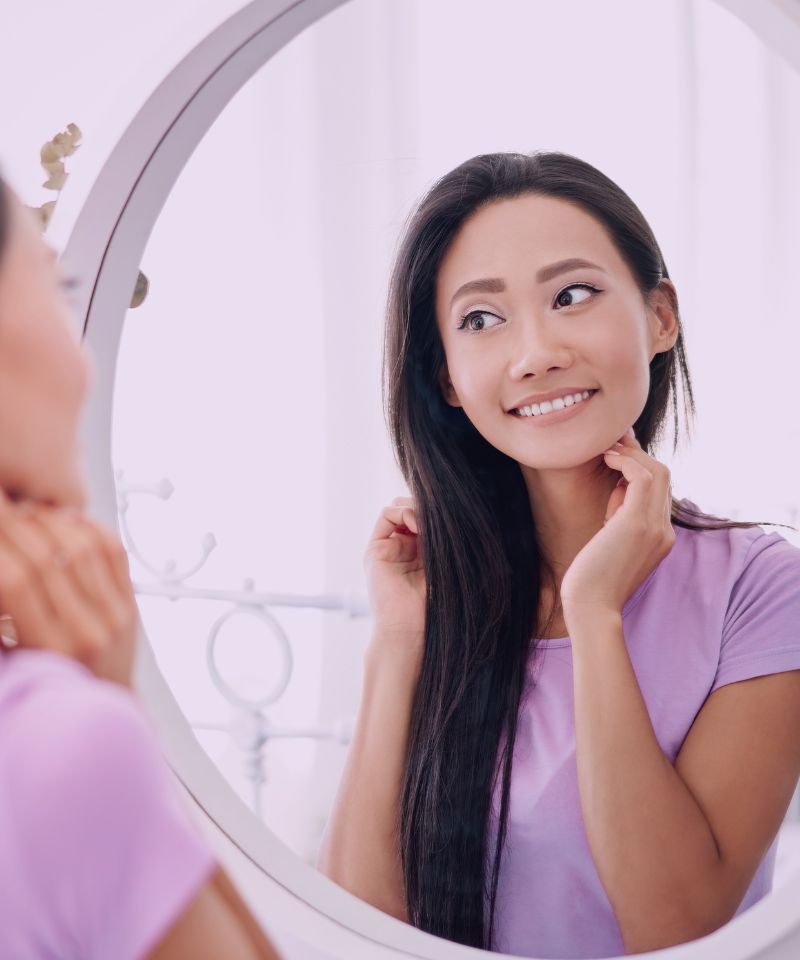
Here are the five best toothpaste alternatives that are safe for the skin and effective in treating acne:
Benzoyl Peroxide
Benzoyl peroxide is a component found in cleansers, toners, gels, and creams that can help reduce the appearance of mild to moderate acne.
Many studies have proven benzoyl peroxide to have an oxygenating and, by extension, an antibacterial effect due to its ability to infuse the pores with oxygen and destroy the airless environment the acne-causing bacteria prefer to live in.
Additionally, benzoyl peroxide also has a keratolytic effect, which means it exfoliates or peels the outer layer of the skin.
This process helps unclog pores, reduce inflammation, and speed up the removal of dead skin cells, thereby preventing the build-up that can lead to acne breakouts.
However, despite its effectiveness, it’s important to note that benzoyl peroxide can cause dryness and irritation, especially at higher concentrations or when used too frequently.
Therefore, it should be used cautiously, in moderate amounts and frequencies, and should be a part of a complete skincare regimen to minimize potential adverse effects.
Salicylic Acid
Salicylic acid is a BHA and a multifunctional ingredient that addresses many of the systemic causes of acne.
Its primary benefit is as an exfoliant; however, it has the ability to penetrate into the pore lining and dissolve the accumulated cellular debris inside the pore as well as on the surface of the skin, which makes it especially effective for reducing various types of acne, including whiteheads, blackheads, papules, pustules, and even cysts.
In addition to these benefits, salicylic acid also soothes aggravated skin, helps even out uneven skin tone, and hydrates the skin for a smoother, more refined texture.
Mandelic Acid
Mandelic acid is an alpha-hydroxy acid (AHA) that is useful in treating common skin problems, including inflammatory and non-inflammatory acne.
Mandelic acid has a larger molecular weight, which means it works primarily on the skin’s surface.
However, it can also dissolve cellular buildup near the opening of the pore and reduce the inflammation that’s causing acne.
Additionally, mandelic acid has fewer side effects than other exfoliating acids, such as glycolic acid, which is known to cause dryness, redness, and irritation and is also suitable for darker complexions that can sometimes react adversely to other acids.
Retinoids
Retinoids are a class of vitamin A derivatives known for their diverse array of skincare benefits.
The primary advantage of retinoids is their ability to accelerate skin cell turnover.
This means they help the skin shed dead cells more quickly and promote the growth of new ones, which results in less clogged pores and reduced acne, including more severe forms like nodules and cysts.
Apart from their acne-fighting abilities, retinoids also boost collagen production, which can improve the appearance of fine lines and wrinkles, as well as acne scarring, including atrophic scars and post-inflammatory hyperpigmentation.
However, despite these benefits, it’s important to note that retinoids are commonly associated with initial side effects such as dryness, peeling, and increased sensitivity to the sun.
Therefore, it’s recommended to use retinoids with caution and as a part of a complete skincare regimen that includes a gentle cleanser, a nourishing moisturizer, and a broad-spectrum sunscreen.
Niacinamide
Niacinamide is a potent antioxidant with anti-inflammatory properties, which makes it highly effective in treating blemishes.
Niacinamide also helps encourage the production of ceramides, which are naturally present moisturizing factors in the skin and components that will prevent dehydration, irritation, and overgrowth of bad bacteria by maintaining a strong and healthy skin barrier.
Finally, niacinamide also has melanin-inhibiting properties, which makes it useful in evening out uneven skin tone and helping to fade post-inflammatory hyperpigmentation left from acne.
13 Quick-Tips for Preventing (& Managing) Acne
In addition to treatment, here are some lifestyle changes that can significantly help in acne prevention and management:
Hygiene
Good hygiene practices can play a crucial role in managing acne.
Here are some essential tips to incorporate into your daily routine:
Wash Your Face Regularly: Use a gentle cleanser and lukewarm water twice a day to keep your skin clean and free from pore-clogging impurities, especially after sweating or working out.
Keep Hair Clean and Away from Your Face: Oils and hair products can contribute to clogged pores, so regular washing and keeping your hair off your face can help reduce breakouts.
Clean Your Phone and Pillowcases: Both can harbor bacteria and oil that transfers to your face. Regularly cleaning your phone with an alcohol wipe and changing your pillowcases once a week can make a difference.
Avoid Touching Your Face: Hands come into contact with bacteria and other contaminants throughout the day. Minimize touching your face to reduce the risk of transferring these to your skin.
Diet
What you eat can impact your skin’s health. Consider the following dietary adjustments to support clearer skin:
Reduce Dairy and Sugar Intake: A link between dairy, high-glycemic foods, and acne has been established through countless studies, so reducing consumption may help improve this skin condition.
Increase Antioxidant Intake: Foods rich in antioxidants, such as berries, nuts, and green leafy vegetables, can reduce inflammation and promote the formation of healthy cells, which can lead to a clear complexion.
Incorporate Omega-3 Fatty Acids: Foods rich in omega-3s, such as salmon, flaxseeds, and walnuts, are known for their anti-inflammatory properties, which can be beneficial for acne-prone skin.
Incorporate Zinc-Rich Foods: Zinc has been shown to reduce inflammation and inhibit acne-causing bacteria. Foods high in zinc include beans, meat, and whole grains.
Stay Hydrated: Drinking plenty of water helps improve lymphatic function, which encourages the body to eliminate bacteria more easily and promotes a clearer, healthier complexion.
Lifestyle
Lifestyle factors significantly affect skin health. Implementing the following changes can help manage and prevent acne:
Get Enough Sleep: Aim for 7-9 hours of quality sleep each night. Lack of sleep can increase stress, which in turn can exacerbate acne.
Minimize Stress: Elevated stress levels can trigger hormones that directly stimulate the overproduction of oil, which worsens acne. Engage in stress-reduction activities such as meditation or exercise.
Exercise Regularly: Physical activity increases blood circulation, which nourishes skin cells and helps carry away waste products that could be causing inflammation and exacerbating acne, which can lead to a clearer and healthier complexion.
Want an Actual Acne Solution?
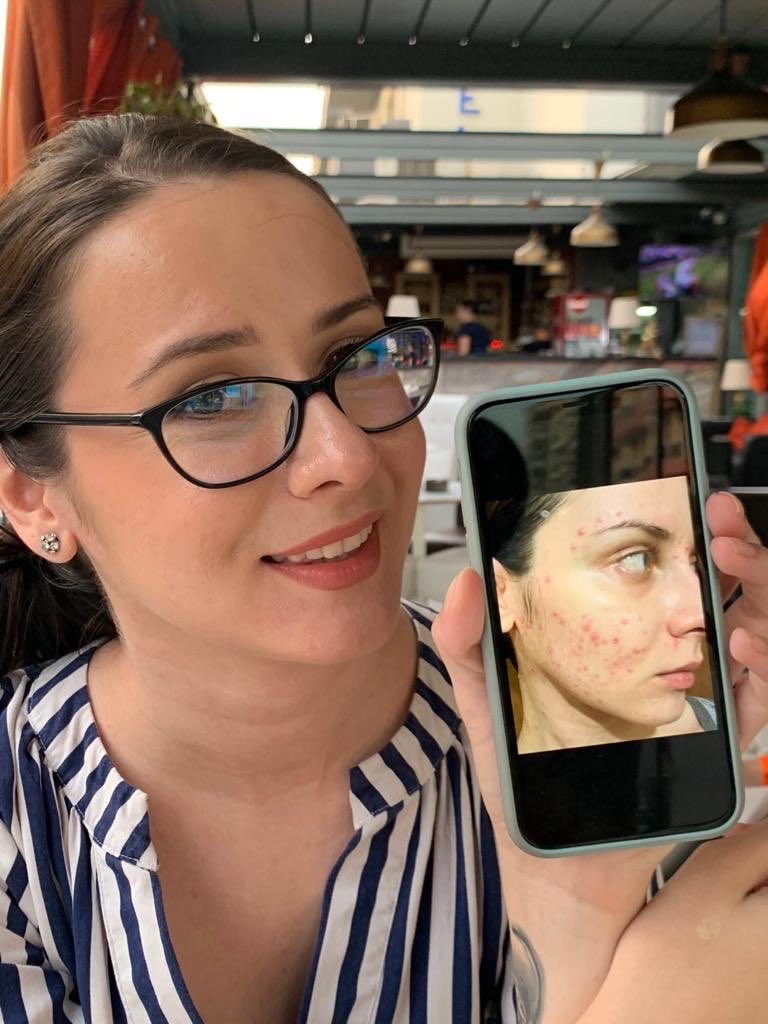
As I hope I’ve demonstrated, using toothpaste is far from a solution to your acne troubles.
It’s now time to move beyond quick fixes and embrace a comprehensive approach that not only targets your acne but also nurtures your skin, ensuring it stays healthy, vibrant, and clear.
My Acne Solution course is available to help you conquer your acne once and for all.
This isn’t just another skincare routine. It’s a transformational experience that combines the science of dermatology with the art of esthetics, tailored to your unique skin type and concern.

My name is Simone and I am a certified skin specialist. I created this website to teach my readers how to take great care of their skin and I also like to occasionally share my honest opinions on skincare products I’ve tried. You can learn more about me here.

I’ve seen a few people that use toothpaste for treating acne. It can surely harm our skin. Thanks for the clarification.